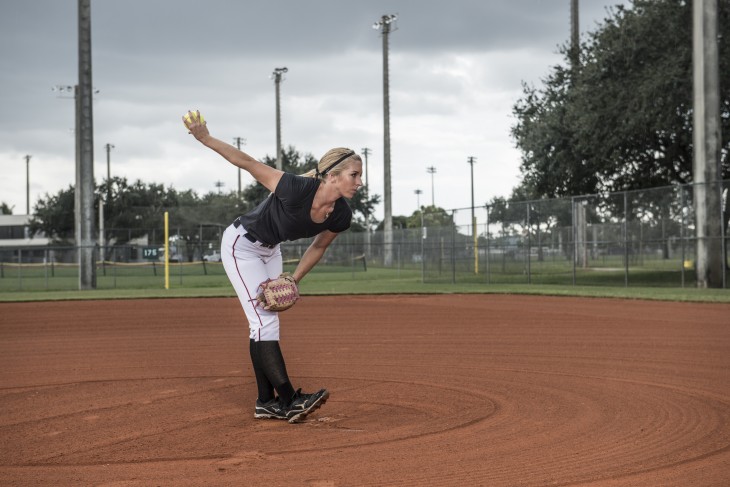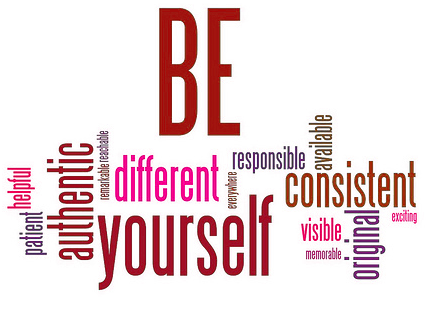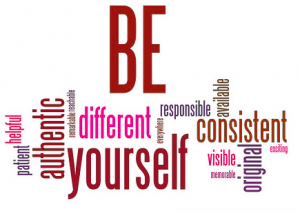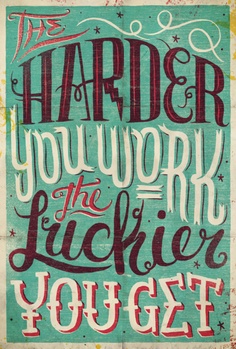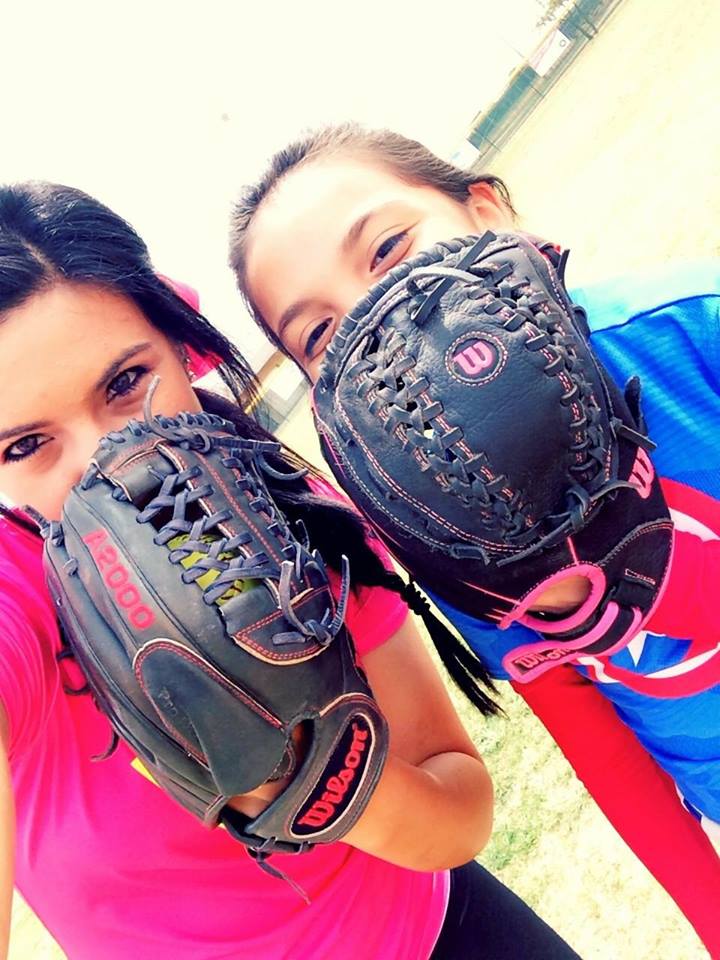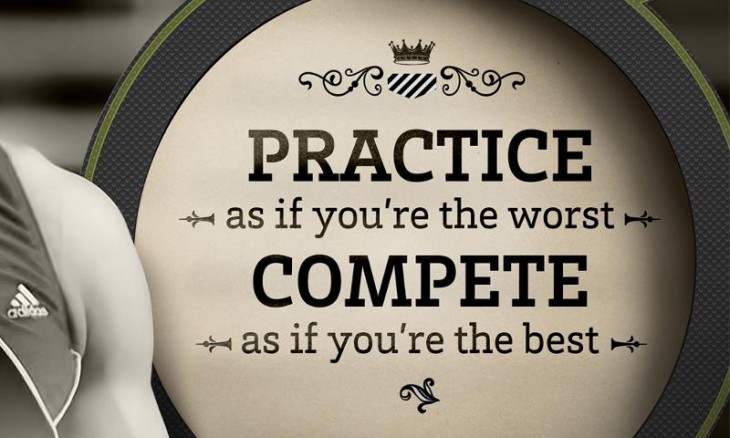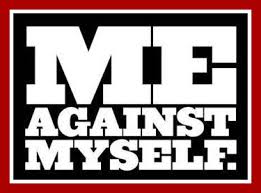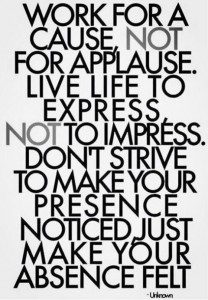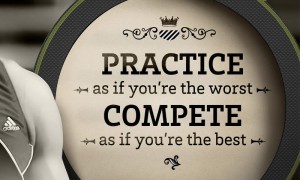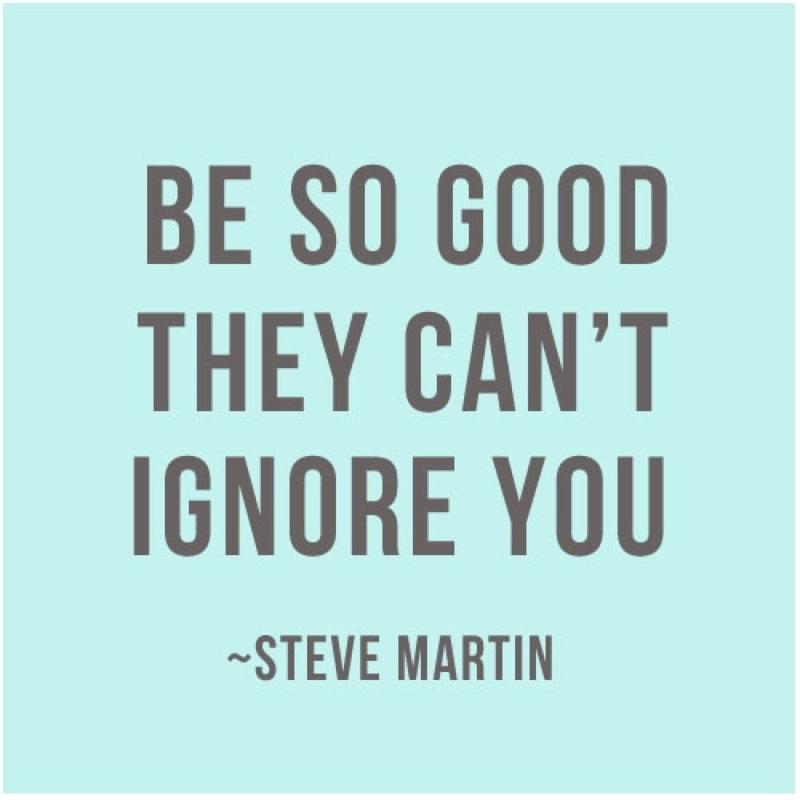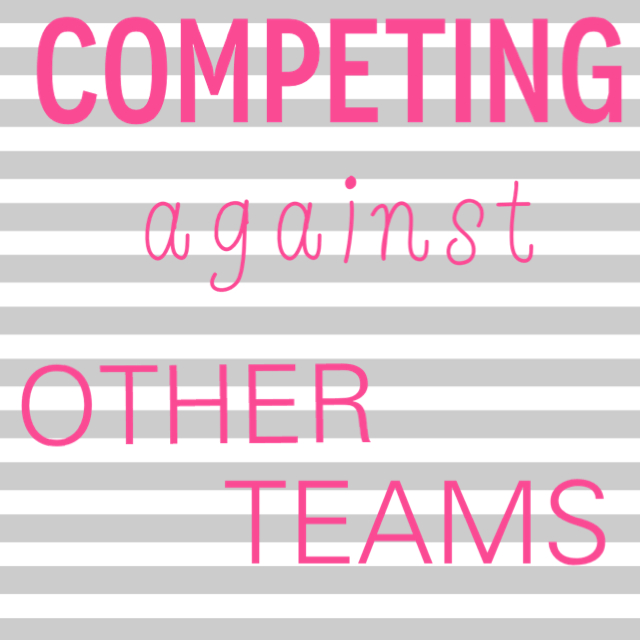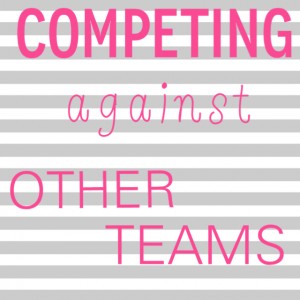A big welcome to my new website! You definitely will see a different look with more interaction from me to you. I wanted to build a site to form a place where softball fans could come and read/research a little bit, as the game of softball is still a big part of my life; but at the same time, I wanted a website that was able to track my career and show all of my life adventures, as I really am never in the same place for too long. I’m so excited to share this with you as I continue to grow and evolve as a softball coach, a sports broadcaster, a clothing creator and overall as a person.
I feel like I lead a unique life. I can’t tell you in 1 sentence what I actually do for a career, because there are so many things that I get to do for a “job.” A typical month for me includes traveling across the country, working with youth softball players, being on TV for some kind of sports game and working on my new clothing line I just co-founded with my best friend, Savana Lloyd, called bellalete. This website serves as a medium to bring all of these different things together to show all of the different parts of my life and things that I am working on.
My original website, www.amanda9.com , served as more as more of a business card. It was a place on the internet where people could find out information about the softball services that I offer. That website was made 3-4 years ago, and my how things have changed!! At the time I made that website, I thought I would solely be a pitching instructor and travel across the country putting on camps/clinics. This is no longer the case. Over time, I have evolved into something that is more than that, and every year, my life changes a little bit as more and more opportunities come my way. I have been SO SO unbelievably lucky with where my life has led me to get to do what I do now. I wanted to share it with you all….
So let me be the first to officially welcome you to amanda-scarborough.com. It’s a place to read, it’s a place to learn and it’s a place to interact. You have the ability to use it however you would want. Take a look around and let me know what you think!
Before you go and check it out, if you wanted to read a little bit more about each of the different things I do in my career, I wanted to give you a little insight…
I’m Amanda. I’m a pitching coach, a softball tournament team coach, a softball clinician, a sports broadcaster, a clothing designer and a motivational speaker. There. I answered it in one sentence! The two questions I get asked so often (especially on a plane) and the two questions that are the most difficult for me to answer in one sentence are:
Why do I travel so much?
The odd thing about everything I do in my career is that if you would have asked me during my senior year of college what I wanted to do with my life, I would not have told you one of these things listed below. My answer would not have involved softball, and it definitely would not have involved speaking in front of people, because speaking in front of a big group of people, or even walking in front of a group of people used to terrify me. Everyone is looking for their passion and ironically, I found it in things that I honestly felt like I had no interest in doing. With that being said, I feel like softball has helped build the confidence inside of me to do these things listed below. So what exactly do I do? Well allow me to explain…
Private Pitching lessons
I still give lessons in the Houston area, but it is not nearly as often as it once was. I still want to give pitching lessons because I enjoy the girls that I work with so much, and I still absolutely love learning about pitching and coaching; it never gets old to me. Over the past couple of years I have received emails from parents and pitchers all across the country wanting to fly in and work with me. I LOVE working with pitchers, I consider it one of my passions, however my time has been much more limited with this. I have learned over the past years that I know pitching mechanics pretty well, however, I know that when I give pitching lessons, my relationship with the pitcher is much more than just teaching them mechanics. Over the years, I have learned that I can truly make an impact in these girls lives on and off the field. I genuinely love helping a young player learn about herself, gain more self-confidence and find ways to deal with any kind of mental issue she may stumble upon playing the game of softball. I have also learned that, at the end of the day, pitching mechanics are important, but what is more important is a girl believing in herself and being surrounded by someone that believes in her. When a young player has this, that is when she is going to go out and become the best player she can be. When it comes down to it, it’s not about just softball, it’s about building girls who will turn into strong women and helping them build confidence that they can go out and take on anything that comes their way. My pitching lessons, and softball in general, go much further than just teaching a rise ball or a power drill. My job as a pitching coach is to teach those things, but also serve as role model that a young girl can look up to and go with any kind of question.
Softball Camps/Clinics
I definitely still work camps and clinics, but instead of them being more localized around the Houston area, I have been getting to work more camps that are outside of the Houston area. I truly enjoy working camps because it is a way that I am able to work with and touch more girls. I am always open to working camps and clinics outside of the U.S., and in fact, I am working a camp in Canada in January. Another reason I like working camps is because I get to meet so many different people outside of my state. I am always up for answering softball questions with all the different people I meet. Simply put, I love talking about this game of softball.
ESPN/Longhorn Network College Softball Analyst
What does a college softball analyst do you may ask? Well, some people get paid to analyze numbers or the way a machine works. I analyze the game of softball during the college softball season, which is February – June. This new adventure started for me in 2009, when I got a chance to work 3 games in a Super Regional during that season. I immediately fell in love with it and wanted to do more, but at the time there just wasn’t the coverage of softball that it has grown to currently have. Over the past 3-4 years, the television coverage of the sport has grown across ESPN’s networks and also across other network. With the growth of that coverage, I have seen growth in the numbers of games every season I have gotten to cover. Two years ago, I made a 3-5 year goal that I wanted to do 50 softball games in 1 season. Last year, in the 2013 season, I got to do about 40-45. I couldn’t believe it, goal almost met! It is so much fun to be able to travel across the country, meet different coaches, see how different softball programs operate and cover different softball conferences. I learn a lot about the different programs and coaching styles when I get the chance to cover a school doing their game on TV. I still pinch myself when I think about it. I am living a dream. I cannot believe that I get the amazing opportunity to talk about the sport I love on TV.
College basketball/college football Sideline Reporter
From being a college softball analyst, I have now been given opportunities for sideline reporting for college basketball and college football during the fall. This is one of the newest of all of my adventures, as it truly is just getting started, as I just did my first college basketball games about 2 months ago on Longhorn Network, and also did my first college football game about a month ago, too. I am hoping that I will continue to get more opportunities to be able to cover more games! I have 6-7 college basketball games coming up in Austin for Texas men’s and women’s basketball game as a sideline reporter. A sideline reporter is a job much different than my softball analyst position during the softball season. As a reporter, my job is not to analyze what’s going out on the field. I’m checking out injuries, doing human interest stories and always trying to get the scoop to report on what is going on on the court or on the field that the two people in the booth calling the game cannot see. I am so excited to see where these opportunities lead me…
Texas Firecrackers Gold assistant coach
I work with the Texas Firecrackers, out of Houston Texas. We are a part of the Firecrackers organization that is continuing to grow across the country. Now something about me is that I always swore I would never coach with a tournament team,. However, what I found with the Firecrackers is that they were spreading a message via softball that I really connected with and felt like I aligned with. What stood out to me about the Firecrackers is that they have a message that is more important than just wins and losses. They stress a message of building players to be strong women off the field by the way that they are treated ON the field. I think that this is so important, because when I look back at my own youth career, it has shaped me so much to become the woman that I am today. From a young age, I was always surrounded by coaches who didn’t yell at me and degrade me on the field. I could not have played for a coach like that and I do not believe in coaching like that. That may be for some people, but it is definitely not for me. A coach should be someone who is a role model for their players and is teaching them on the field lessons. What I realized through coaching is that how players allow coaches to talk to them on the field will affect how they allow people to treat them and talk to them as they grow up and become young adults outside of the softball field. So don’t get me wrong, I love to win; but what I love more than winning is teaching young girls to have self confidence and be mentally strong, and I feel like I do that through helping coach with the Texas Firecrackers.
A new clothing line – bellalete
This was one that I guess you could say was on my bucket list. My best friend, and co-founder, Savana Lloyd, came up with the idea a couple of years ago to create an athletic apparel line made by softball players for softball players. Being around the softball field on a regular basis, whether it’s covering college softball, working camps/clinics or working with the Texas Firecrackers out at tournaments, I’ve noticed that there has never been clothes designed specifically for softball players. Savana and I kicked around the idea for quite a few months, then we finally decided to break down and go for it.
Why is this important to me and Savana? Well, if you know me, you know that I love athletic clothes, because I am always in them. I love to work out in them, I love to travel in them and I love to coach in them. Savana is the exact same way. Since we are always in them, we thought it could be pretty cool to make our own clothes, while also adding a little style to the softball field, but more importantly, have the ability to spread an important message. About a year and a half ago, we decided that we officially wanted to do it and invest time and thought to create something that isn’t out there. That is when we came up with bellalete. “bella” is Spanish for beautiful. And “lete” is the last 4 letters in athlete. Put those two things together and you have a beautiful athlete. bellalete.
When we thought of bellalete, our initial reason to do so was to be able to toudh more girls than just through our softball coaching with an inspiring message. Through our coaching, we are consistently trying to empower girls and help them with their own self-confidence so that they feel better about themselves, which inevitably helps with their results on the field. When you feel good, play good. That’s just how it is. (feel good can apply to what you feel on the inside and what you feel like you look like on the outside).
We originally thought that bellalete would just be around the softball field, but we soon realized that the message we wanted to send out through bellalete was a message that could apply to more than just softball players. It’s a message that can apply to all female athletes and women around the world. When we think of bellalete, we think of a combined effort through comfortable clothing that helps spread a message to empower women to be strong, encourage them to be happy and to inspire them be confident. These are the keys to having success in anything you take on in life.
Motivational Speaker
I’ve had the opportunity to be around some pretty amazing people with great leadership abilities. I would say the biggest mentor I have had is my coach from Texas A&M, Jo Evans. That woman can move an entire room when she speaks. I remember listening to her in post game meetings or during practice, getting goose bumps and, getting so fired up to go out and play. She gave me all the tools I needed to set me up for success after softball simply by teaching the value of staying under control with your emotions and the value of hard work. So much of what I know about motivating and talking about passion comes from her and getting to listen to her for 6 straight years. I try to take what I learned from her, and also what I learned from my own parents, and bring it to the softball players and the youth to try to make a difference. I always give a post-camp speech at all of my camps, and honestly. I know that I have been given a gift to talk about softball, passion, work ethic and attitude; I’m not really sure exactly where it comes from, but I do intend to use it. It’s so crazy I am saying this, because like I said before, I used to be terrified to talk in front of people, ask a question in class or even walk in front of people on a stage. Now I talk about softball on TV for millions of people to listen and also give speeches in front of sometimes hundreds of people.
Thanks for reading, and I hope this gives you a little bit more of an idea about what I offer as a softball coach and what exactly I am doing when I am not on the softball field!

